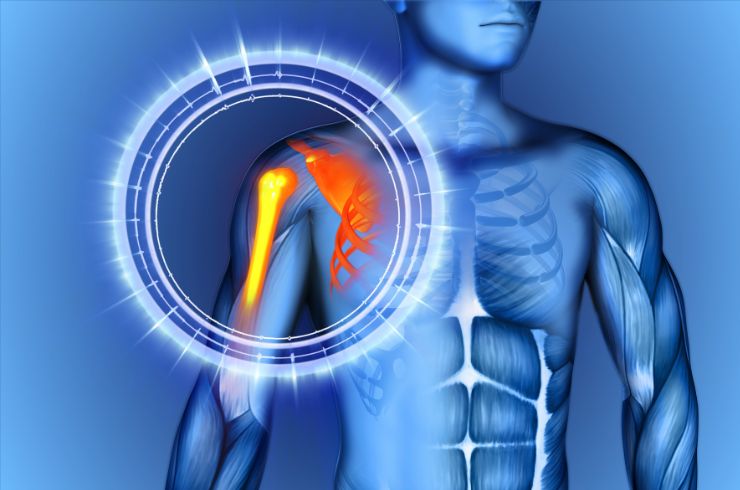Arthroscopic Shoulder Rotator Cuff Surgery
- Home
- Arthroscopic Shoulder Rotator Cuff Surgery

Arthroscopic Rotator Cuff Surgery is a minimally invasive procedure used to repair torn tendons in the shoulder. The rotator cuff is a group of muscles and tendons that stabilize the shoulder joint and help with lifting and rotating the arm. When one or more of these tendons are torn—either due to injury, overuse, or aging—it can cause significant pain, weakness, and reduced shoulder mobility. Arthroscopic surgery allows orthopedic surgeons to repair these tears through tiny incisions, using a camera (arthroscope) and specialized instruments.
This surgery is an effective solution when non-surgical treatments such as rest, physical therapy, and medications fail to relieve symptoms. It offers excellent outcomes with quicker recovery and less postoperative pain compared to open surgery.
Who Needs Rotator Cuff Surgery?
You may be a candidate if you experience:
Persistent shoulder pain that interferes with sleep or daily activities
Weakness while lifting or rotating the arm
Limited shoulder movement
Shoulder pain following an injury or trauma
A rotator cuff tear diagnosed via MRI or ultrasound
Rotator cuff tears can be partial or complete, and surgery is often recommended when the tear is large, worsening, or causing significant symptoms.
How the Procedure Works
Arthroscopic rotator cuff repair is performed under general or regional anesthesia. The steps include:
Small incisions (portals) are made around the shoulder.
An arthroscope (tiny camera) is inserted to view the inside of the joint.
Specialized instruments are used to remove any damaged tissue, smooth the area, and reattach the torn tendon to the bone using sutures and anchors.
The incisions are closed with sutures or adhesive strips.
The surgery typically lasts 1 to 2 hours, and patients usually go home the same day.
Benefits of Arthroscopic Surgery
Minimally invasive: Less tissue damage, smaller scars
Faster recovery compared to open procedures
Reduced pain and swelling after surgery
Preserves surrounding muscles and tissues
High success rates in restoring shoulder function
Lower risk of complications and faster return to activities
Post-Surgery Recovery
Recovery is gradual and depends on the size of the tear and the individual’s healing ability. General steps include:
Wearing a shoulder sling for 4–6 weeks to protect the repair
Starting physical therapy early to prevent stiffness
Gradual progression to strengthening exercises
Avoiding heavy lifting or overhead activity for several months
Most patients regain full function in 4–6 months, though full recovery may take up to a year.
Risks and Complications
Although arthroscopic surgery is safe, possible risks include:
Infection
Re-tear of the tendon
Stiffness or frozen shoulder
Nerve injury
Blood clots (rare)
Following your surgeon’s advice and participating in rehabilitation greatly reduces the risk of complications.
Treatments
Need Expert Orthopaedic Care?
Schedule a personalized consultation with Dr Abhishek Gupta and take the first step toward pain-free mobility and a healthier, active lifestyle.
